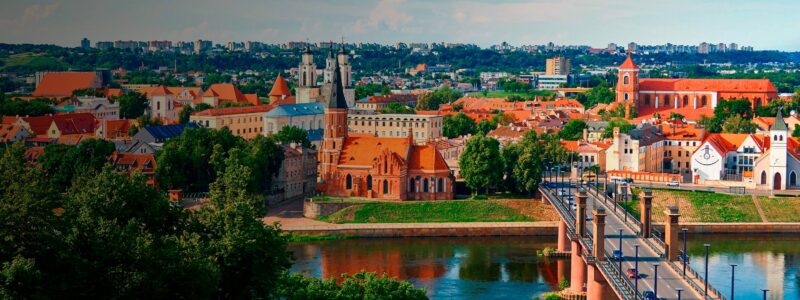
According to Swedbank’s forecast, Lithuania’s economy will grow by 3% in 2025 and by 2.5% in 2026. In 2024, the country’s GDP has already increased by 2.4%, driven by manufacturing growth and retail development.
Factors supporting economic growth include accelerating industrial production, active retail development, and public investment.
However, Lithuania faces serious challenges. In particular, a significant increase in defense spending is needed, which could reach 4-5% of GDP. In addition, the country will have to carry out tax reform, which may affect business and consumer incomes.
Another challenge is the rapid growth of wages, especially in the public sector. This puts pressure on the competitiveness of Lithuanian companies, which are forced to adapt to changing conditions. Inflation is projected at 3% in 2025, and in 2026 it will decline to 2.7%.